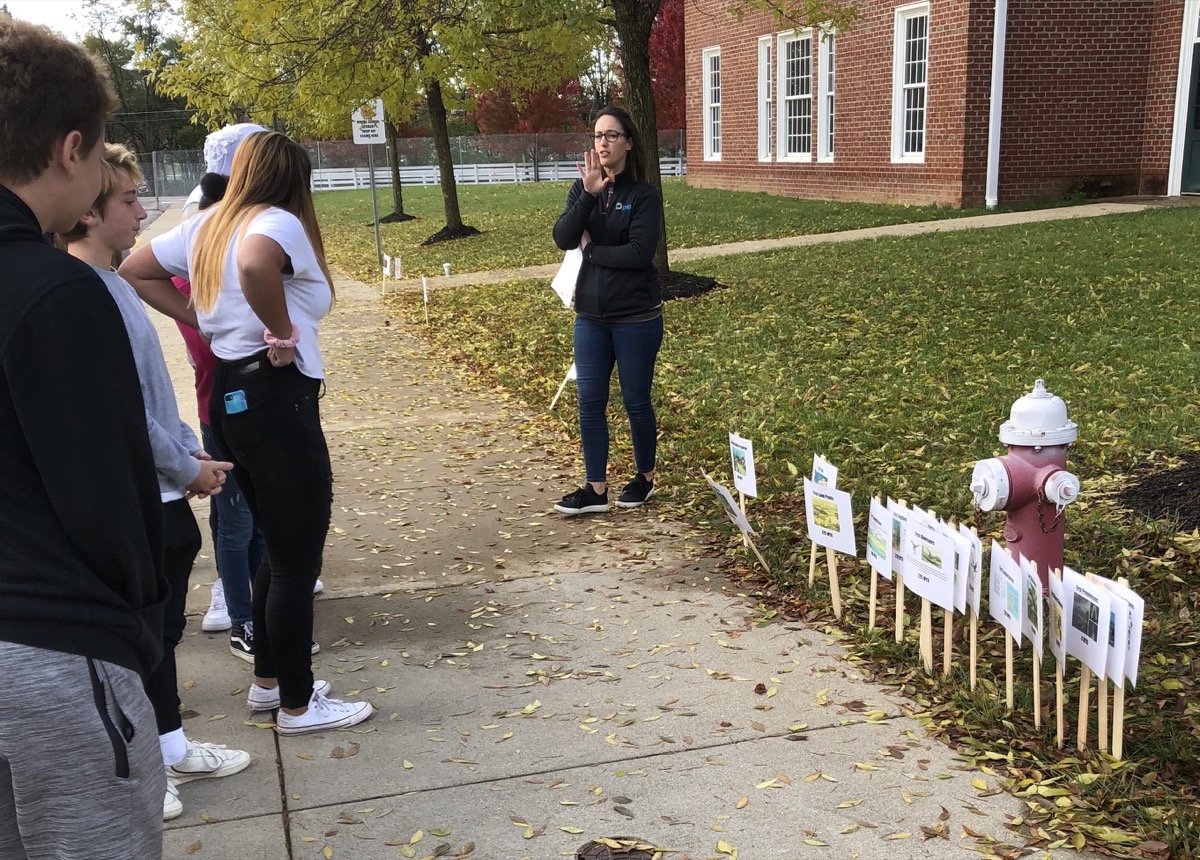Getting a historical perspective with geology timeline

Shannon L. May's eighth grade science students in New Albany-Plain Local Schools had already competed a reading about the progression of the 4 eras and major events that took place in each. But when asked to draw a timeline of Earth's eras based on what they had read, everything in their timeline was evenly spaced out across the paper. May said, "They had dates listed, but they weren't really thinking about how those dates actually "looked"."
So she decided to help them really SEE how events unfolded. "The next day, I told them that we would be making a slightly larger timeline—one that was 50 feet long. I explained that we were going to specifically look at how much time passed between major events in Earth's history." May created "signs" with information, dates, and a picture for each event in the timeline. She took her students outside, passed out the signs, and then helped students to place these in order with the correct distances between. Once they were all in place, she had the students walk the timeline and make a note of what they noticed.
Back inside the classroom, May asked students to compare the 50 foot timeline to their original work. Some of their "a-ha" moments:
- the Earth was here for a very long time with nothing really living on it
- the Cambrian explosion really was "fast", geologically speaking
- humans and dinosaurs never interacted (May said the kids really struggle with this because they have seen far too many "caveman" movies!)
- humans are really "young"
"This activity really helped students see the "Cambrian Explosion", and made it so obvious that life truly "exploded" at this point in time and that humans are really in their infancy, geologically speaking," May said.
May and her teaching partner, who also attended the summer workshop, created their own "Brain Pop" video about Ohio's geologic history!